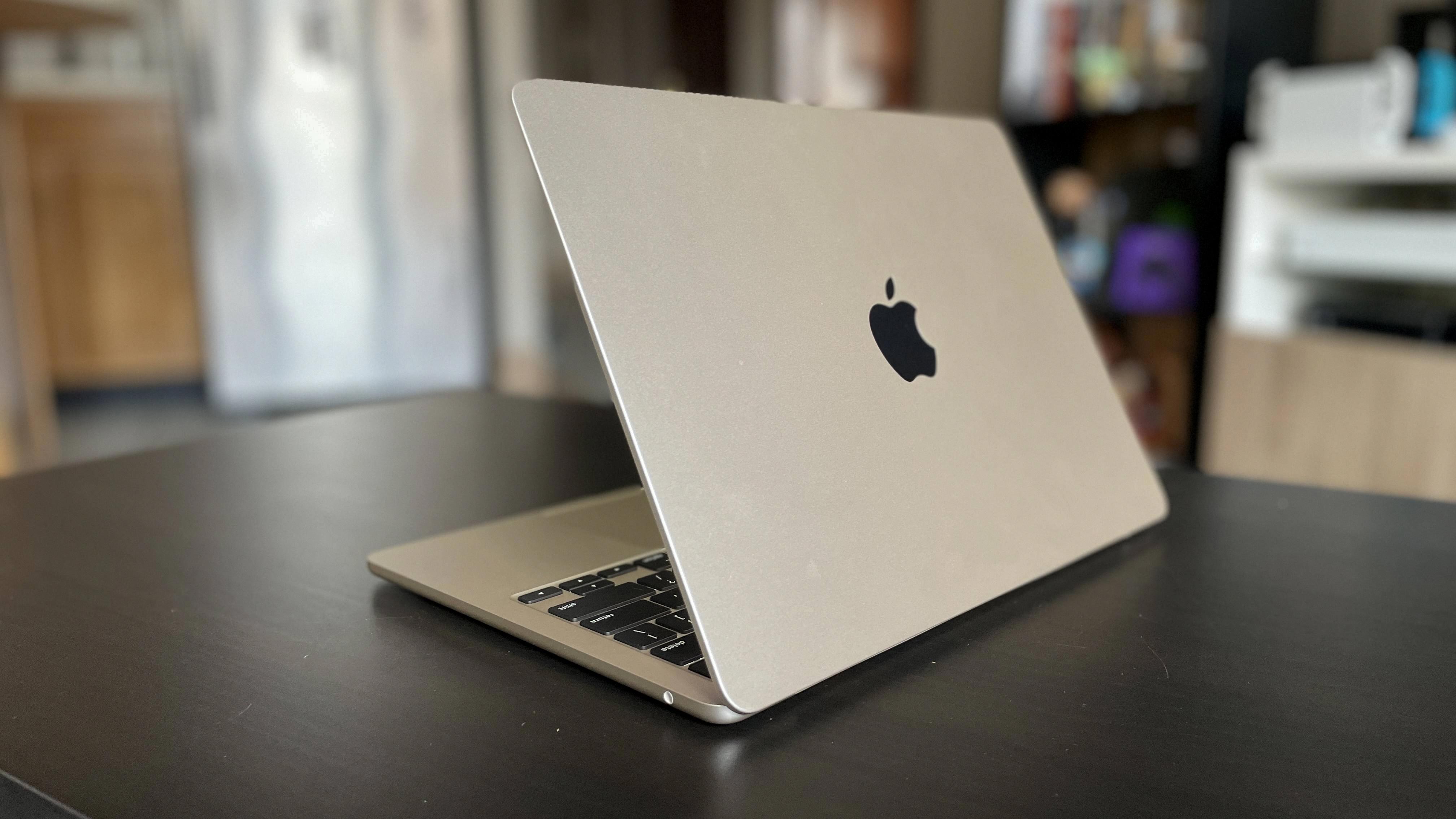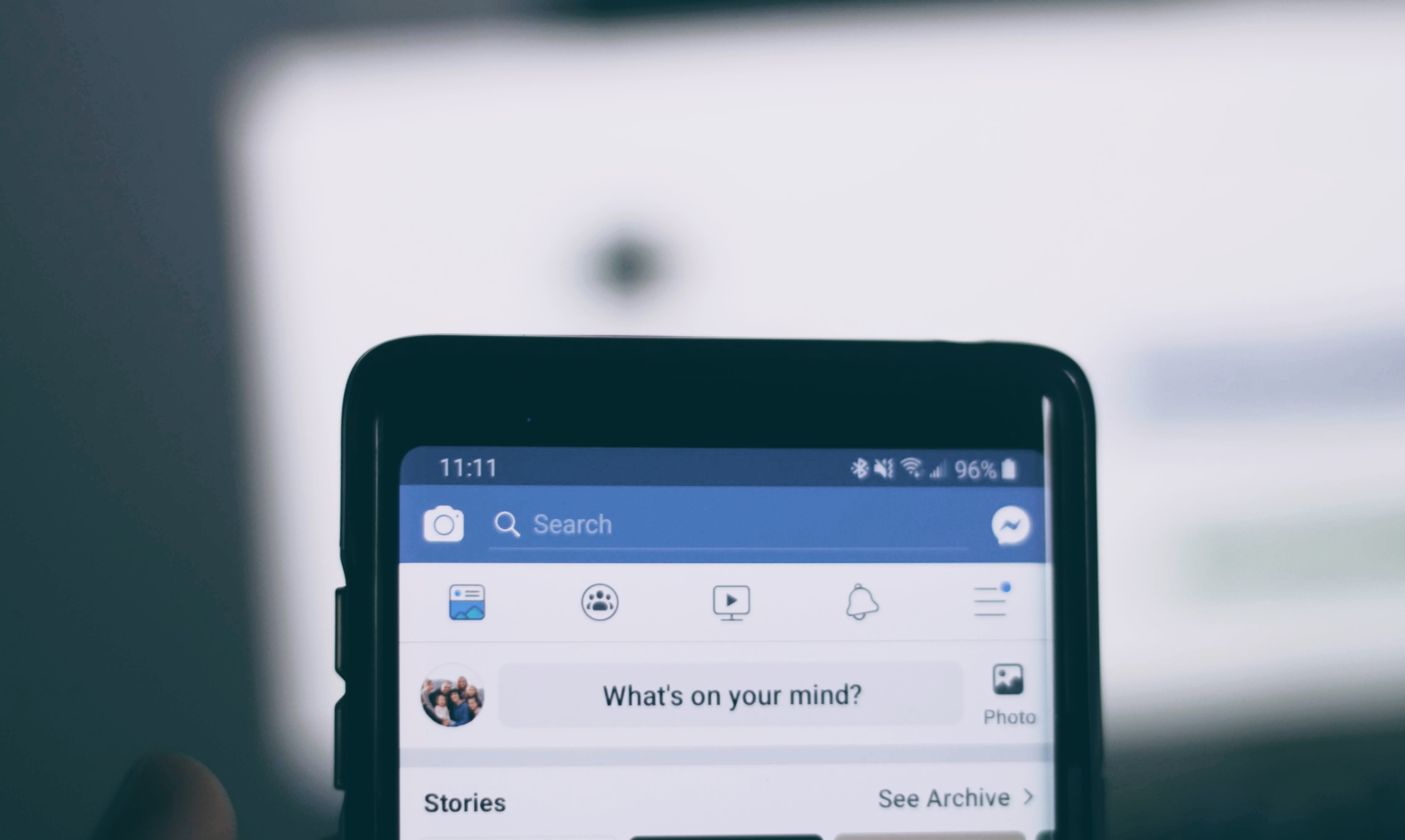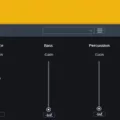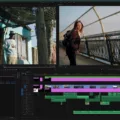GarageBand is a powerful and versatile music creation platform from Apple that allows users to record and mix their own tracks. Whether you’re a professional musician, a beatmaker, or just getting started with music production, GarageBand is an ideal choice. With its intuitive user interface and comprehensive set of tools, GarageBand can help take your compositions to the next level.
One of the best features of GarageBand is its ability to import audio files from other applications or websites. This makes it easy to bring in samples and loops to build up your track without having to start from scratch. In this tutorial, we’ll show you how to upload music into GarageBand so you can get started making your own sounds right away.
To begin, open GarageBand on your Mac or iOS device and select File from the top menu bar. Then select either Import Music Memos File or Import Garageband for iOS from the pop-out menu. If you’re importing an audio file from another application such as iTunes, simply drag the file onto an audio track in Garageband or onto the empty area below any existing tracks in the Tracks area.
If you’re importing a song from YouTube, make sure to download it first as an MP3 file before uploading it to GarageBand. To do this, paste the link into a YouTube converter and select MP3 as your output format. Once downloaded, rename the file extension from .mp3 to .wav so that it can be imported into GarageBand successfully. Then simply drag it onto an audio track or onto the empty area below existing tracks in the Tracks area of Garageband.
You may also find MIDI files online that you want to use in your project – if this is the case, simply drag them onto an instrument track within Garageband and they will appear on the track ready for editing.
Once all of your files are uploaded into Garageband you can then start mixing them together using its extensive array of effects such as reverb and delay, EQs for adjusting frequency levels, and more! You can also adjust individual track levels by clicking on each one in turn and then dragging up or down on its volume slider at the top left corner of each track window.
GarageBand is an incredibly powerful tool for creating music – so why not give it a try today? Follow these simple steps for how to upload music into GarageBand and start exploring all that it has to offer!
Importing a Song into GarageBand on iPhone
To import a song into GarageBand on your iPhone, start by connecting your iPhone to your Mac with a USB cable. Then open Finder, and select the icon for your iPhone in the sidebar under Locations. Click Files, and you’ll see GarageBand in the list of apps. Now open another Finder window (or the desktop on your Mac) and drag the audio or MIDI files you want to import into GarageBand in the list. Your imported file will now be available in GarageBand on your iPhone.
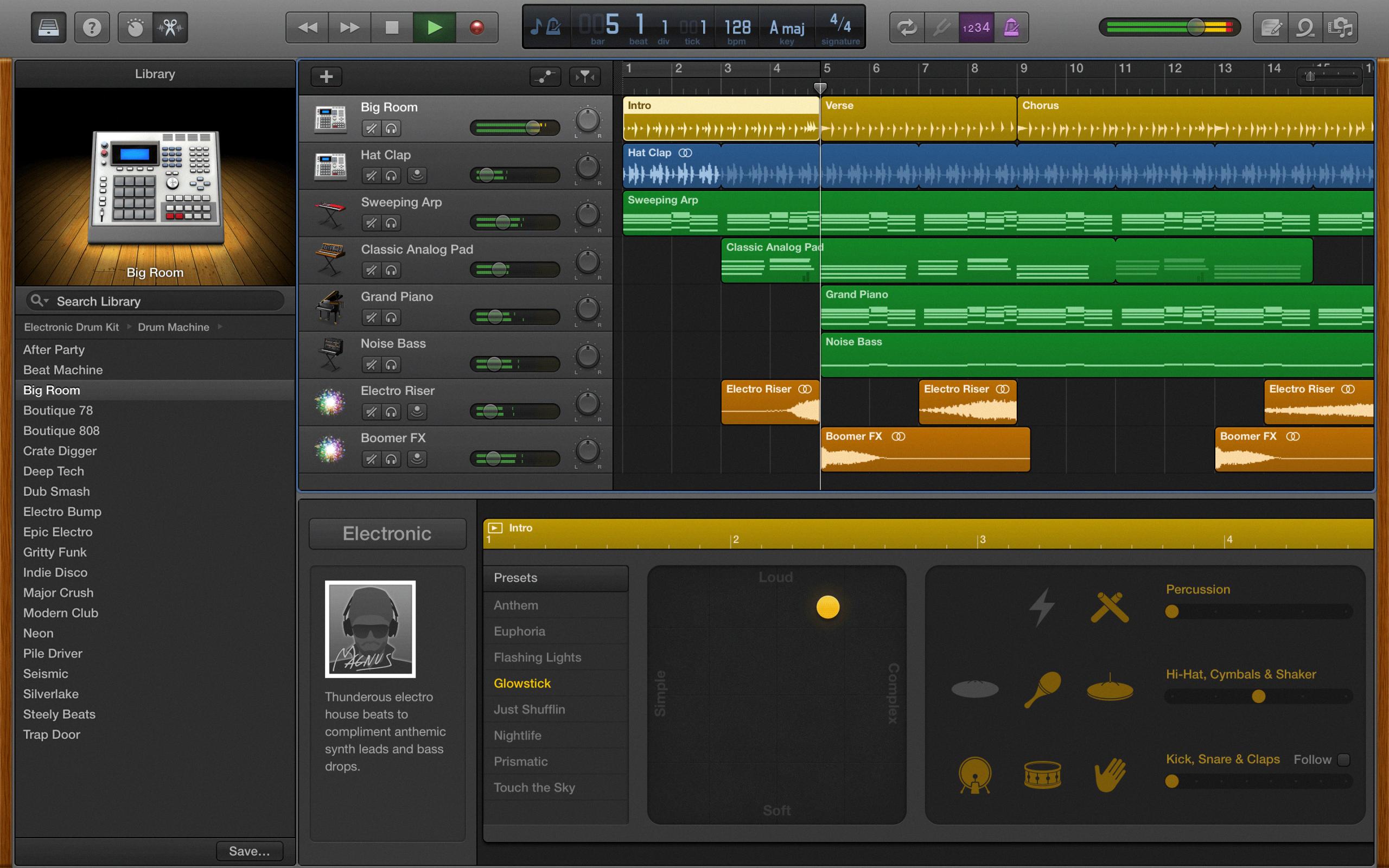
Source: keyboardkraze.com
Importing Music into GarageBand: Issues and Solutions
GarageBand is a digital audio workstation (DAW) that allows users to create, mix, and edit music and other audio files. Unfortunately, GarageBand is not compatible with files downloaded from YouTube to mp3 converters. This is because these files are non-standardized audio files, meaning they don’t meet the criteria for GarageBand’s accepted file types: AIFF, CAF, WAV, AAC, Apple Lossless, and MP3. To fix the issue you can right-click on the file and rename it so the extension reads .wav instead of .mp3.
Importing MP3 Files into GarageBand
Yes, you can import an MP3 file into GarageBand on a Mac. To do this, simply drag the MP3 file from the Finder to an audio track or to the empty area below the existing tracks in the Tracks area. The MP3 file will appear on the track and be ready for editing.
Importing Music into GarageBand on Mac
To import music into GarageBand on Mac, begin by opening the app and clicking File from the menu bar. From here, you can put your cursor over iCloud and select either Import GarageBand for iOS or Import Music Memos File in the pop-out menu. Browse for your item, select it, and click Open for the iOS song or Import for the Music Memos file. This will add your desired music to GarageBand on Mac.
Downloading Music from YouTube to GarageBand
To download music from YouTube to GarageBand, you’ll need to follow these steps:
1. Download the Documents app on your device and open it.
2. Tap the Safari button within the app and go to a YouTube to mp3 converter website of your choice.
3. Search for the video that you want to download or enter its URL directly into the website’s search bar.
4. Tap the download button on the converter website and wait until it is finished downloading.
5. Open GarageBand on your device and make sure that you are in Track View mode.
6. Tap the Loop Browser icon located at the top right corner of your screen and then select Audio Files from the list of options that appear on your screen.
7. Navigate through folders until you find the Downloads folder and then tap it once.
8. Select the audio file that was just downloaded from YouTube and tap Open in order to add it to GarageBand’s timeline window at the bottom of your screen, or select “Copy To Library” to save it in one of GarageBand’s pre-existing folders such as My Songs or Loops library folders, where you can easily access it later on when needed again.
9. Once you have added it to GarageBand’s timeline window, you can edit, trim or mix as desired before exporting it into a high-quality audio file format such as WAV or AIFF for use in other projects if needed for future use too!
10 Finally, hit Export Song To Disk located at the top right corner of your screen when finished with all desired editing/mixing changes, and select a suitable export format such as WAV or AIFF depending upon what kind of quality your project needs before tapping Export Song once more!
Importing Songs from Spotify to GarageBand
Yes, you can import songs from Spotify to GarageBand! For Mac users, you can simply drag and drop the Spotify local music files to the GarageBand track line. For iOS users, there’s one additional step – sync Spotify music to your iPhone or iPad using iTunes/Music. Once the music is synced, open GarageBand and select File > Import > Audio Files (or iTunes if on iOS), and choose a song from your library. The song will then be imported into GarageBand so that you can begin editing it.
Using Downloaded MP3s in GarageBand
To use a downloaded MP3 in GarageBand, you’ll need to start by saving the audio file in an accessible location. Once you’ve done this, open GarageBand and create a new document with an Audio Recorder track. Select Tracks View and go to the Loop Library section. From here, you can import your audio file into the Files list. Now drag the file from the Loop Library over to your project and it will be ready for you to start working with. You can adjust settings such as volume, pitch, and more from the Track Info tab of your project. For further editing options, switch to Edit View for more control over your sound files.
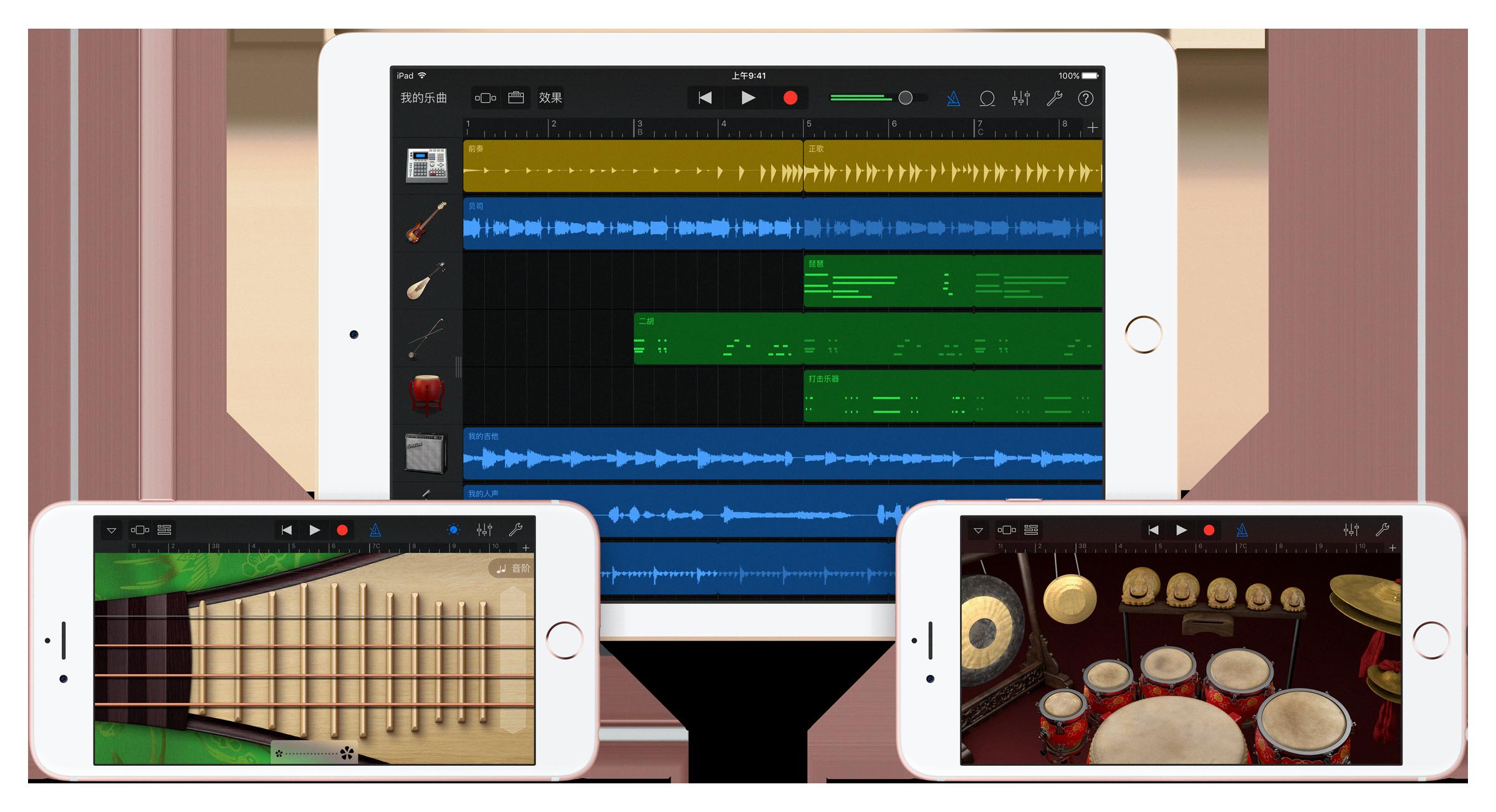
Source: techcrunch.com
Downloading Music from YouTube to GarageBand on Mac
To get music from YouTube to GarageBand on Mac, you first need to copy the link for the YouTube video and paste it into a YouTube to MP3 converter like ytmp3. Then click away from any advertisements and hit download. Open a media converter and import the MP3 file, then convert it to a WAVE file. Next, send the WAVE file to “GarageBand iOS File Transfer” using your Mac’s AirDrop or iCloud Drive. Finally, open GarageBand, click the loop icon and select files. Your MP3 audio should now be in GarageBand.
Importing Songs from iTunes to GarageBand
The main reason why you can’t import songs from iTunes to GarageBand is that some songs in iTunes may be protected with digital rights management (DRM) technology. This means that the song has been restricted by the copyright holder and cannot be used in any other software, including GarageBand. If you try to import a DRM-protected song into GarageBand, it will not be able to recognize or play the file. To check if your songs have DRM protection, open the Info panel of the song and go to the “File” tab. If it says “Kind: Protected AAC…” or “Kind: Apple Music Audio File”, then it is protected and cannot be imported into GarageBand.
Conclusion
In conclusion, GarageBand is an incredibly powerful and versatile audio and music creation tool for Mac and iOS users. With its easy-to-use interface, you can quickly create your own unique sounds and songs. You can also import audio files from other sources and use them in your creations. With GarageBand, anyone can make professional-sounding recordings and mixes in a matter of minutes. No matter what kind of music you’re into, GarageBand has something for everyone.


